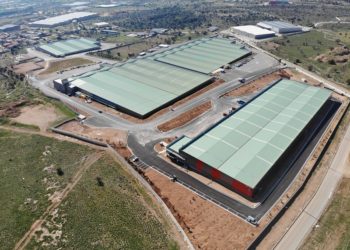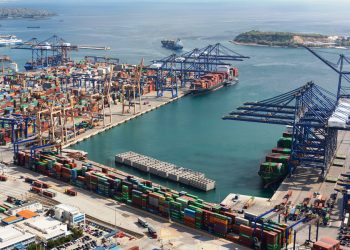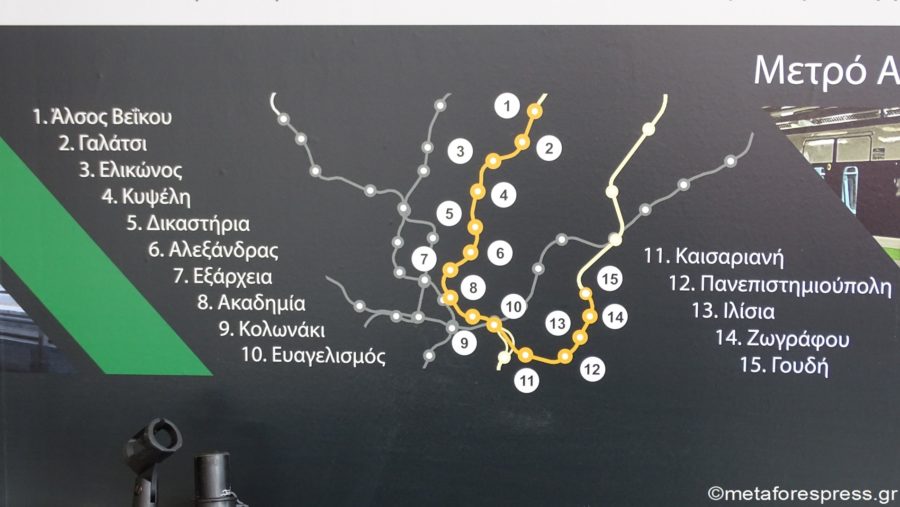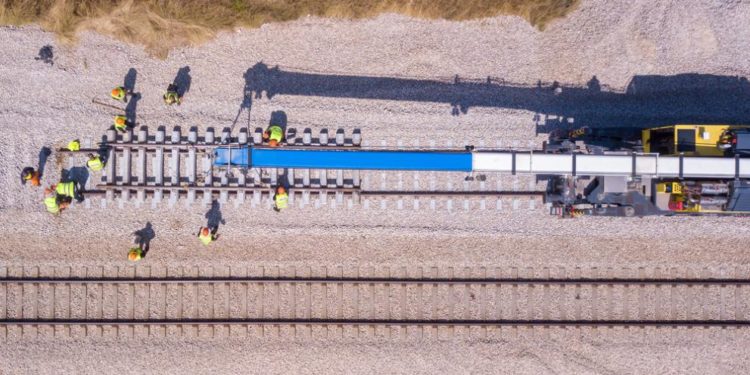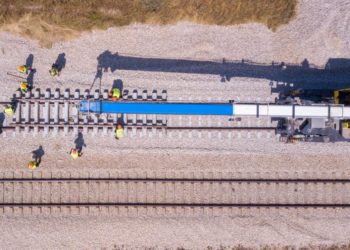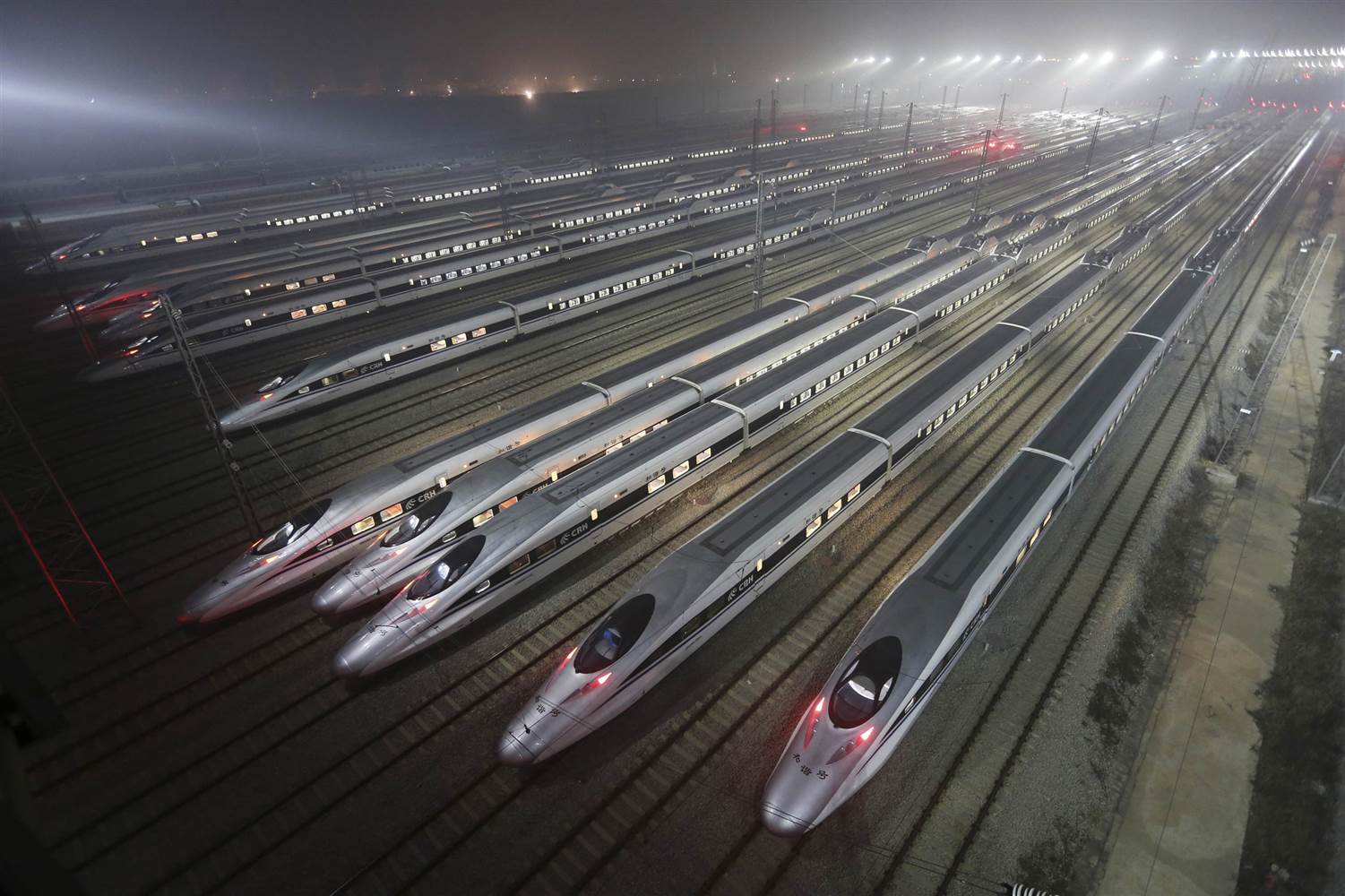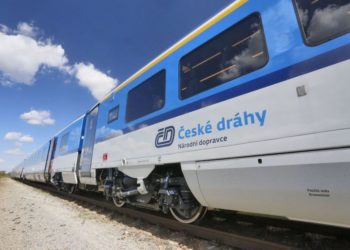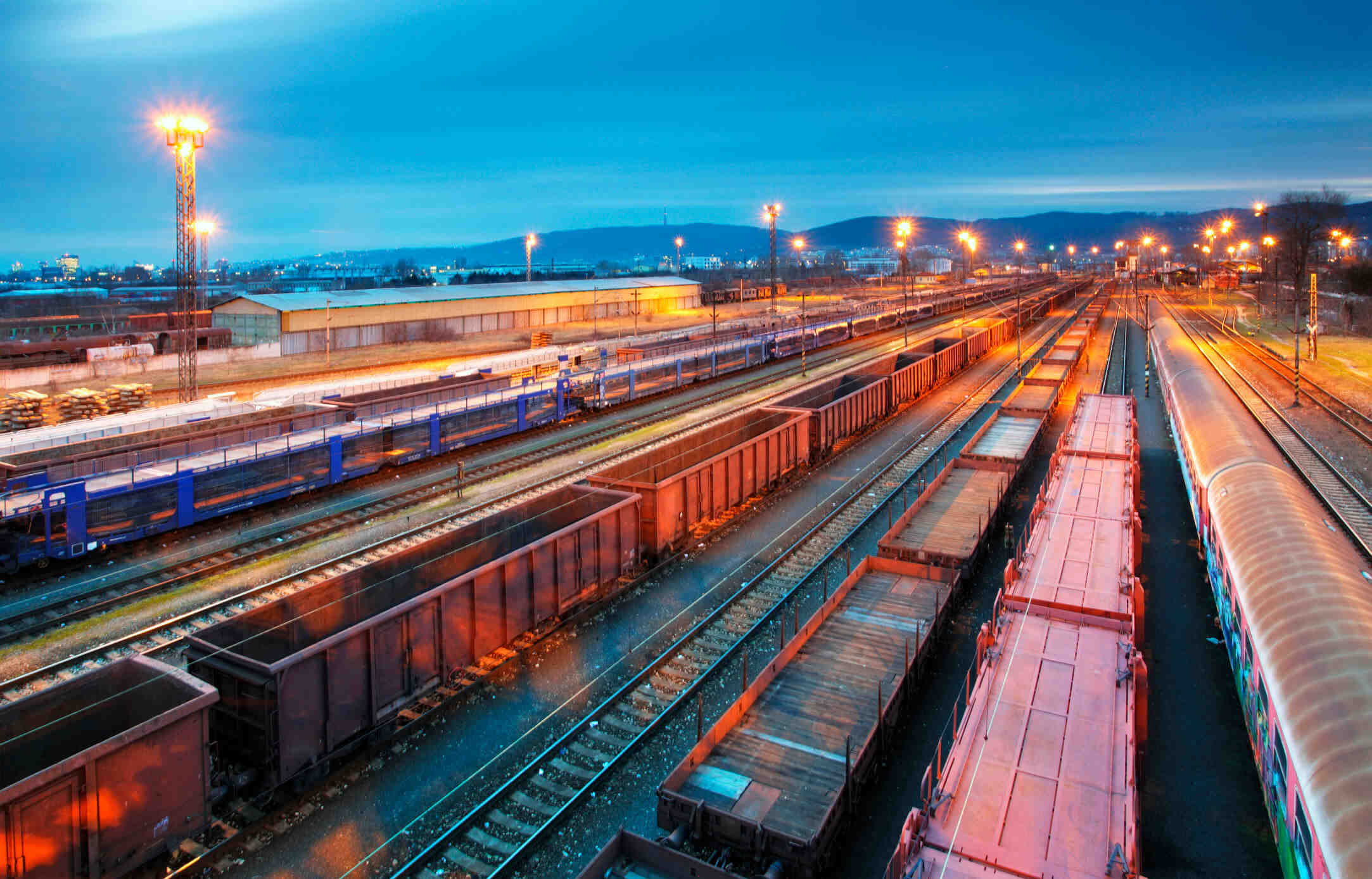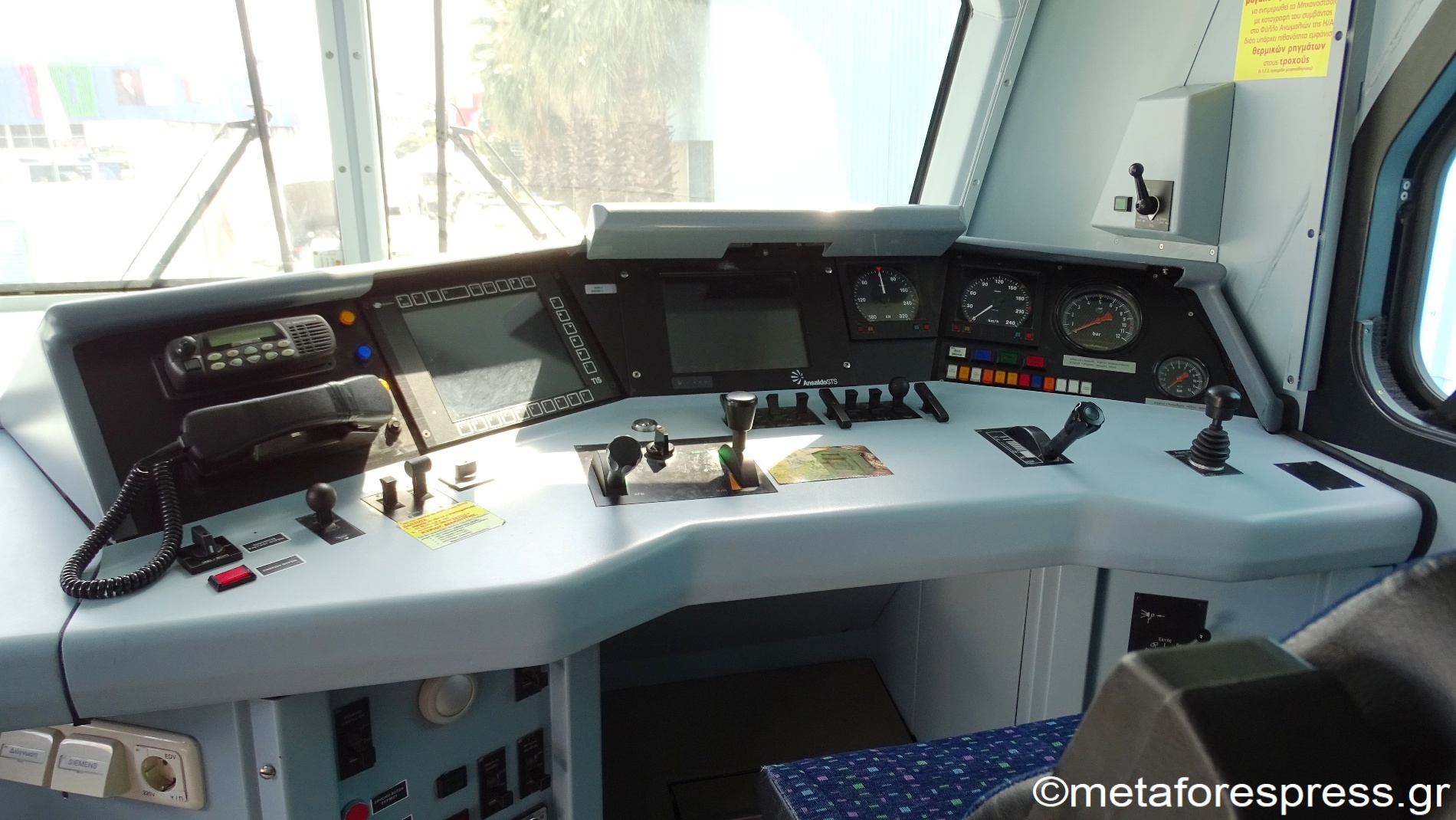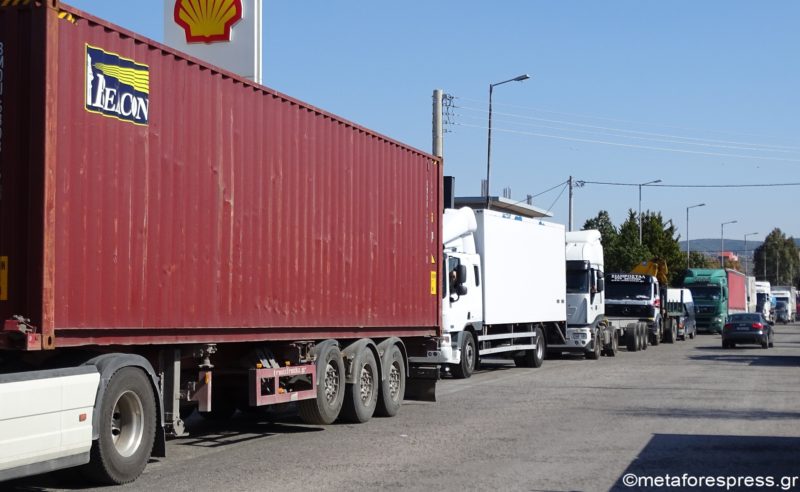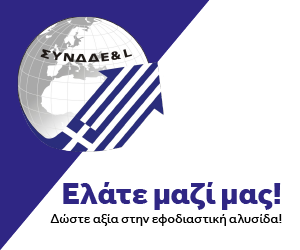In 2022, the length of electrified railway lines in EU countries reached 115.000 kilometres (km), a 31% increase compared with 1990, when it totalled 88.000 km.
The entire EU railway network had a length of 202.000 km, with the share of electrified lines amounting to nearly 57%.
Electrification is a key element of the modernisation of railway networks, lowering the negative environmental impact of railway transport and making it a favourable mode compared with road and other transport modes heavily dependent on fossil fuels.
Whereas the share of electrified railway lines showed an upward trend at EU level, the total length of railway lines decreased by 7.5% since 1990, when they totalled 219 000 km. Considerably less railway lines in use were reported by Poland, Latvia, France, and Germany. At the other end of the spectrum, the rail network increased considerably in Spain, Estonia and the Netherlands, in part due to the construction of dedicated high-speed lines.
When focusing on the share of electrified railway lines in 2022, the image is generally heterogeneous at the level of the individual EU countries, with an exceptionally high share in Luxembourg, where nearly all of the railway lines were electrified (97%). High shares were also noted in Belgium (88%), Bulgaria and Sweden (both 75%) and in the Netherlands (74%).
The share of electrified lines remained very low in Ireland (3%) and the Baltic States of Lithuania (8%), Estonia (12%) and Latvia (13%).
(Eurostat)

